If your idea of Mumbai’s history harks back to British rule, you need to rewind some more
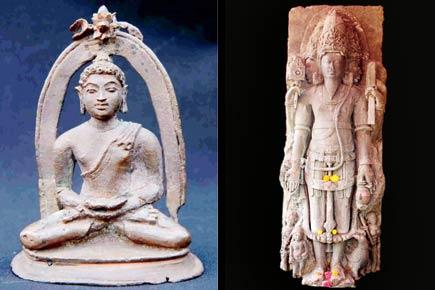
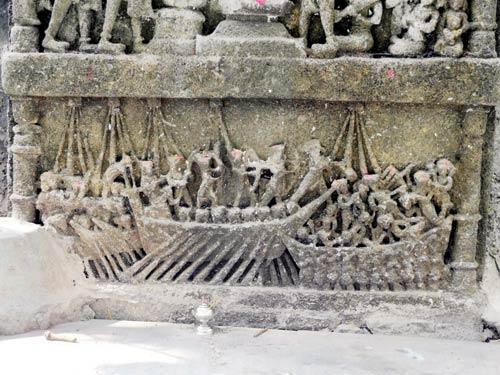
Eksar memorial from Borivali: One of the five hero stones to be excavated from the suburb, which now boasts of high-rises. Virgals started occurring from the 4th-5th century and continued till the medieval times. This stone shows a naval battle with armies fighting in boats. The naval battle appears to be a historical event and stylistically belongs to the late Silahara period. Pics by Dr Sreekant Jadhav, Trustees, CSMVS, Mumbai
If your idea of Mumbai’s history harks back to British rule, you need to rewind some more. That the city has a prehistoric past is evident by an anecdote about Col KRU Todd of the Royal Indian Navy, who, in the 1930s, discovered Old Stone Age implements in the city’s northern suburbs, particularly at Kandivali, from where mud was brought for reclamation of the Back Bay area.
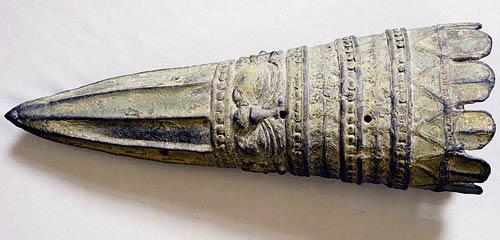
Cornucopia from Posheri, Thane: A unique 40.7 cm tall bronze object that is conical in shape and hollow from within belongs to the start of the centuries of the Common Era. While it looks like a horn of plenty, Dhavalikar writes that it is most likely a quiver for arrows tied to a battle chariot
Incidents like these, and an archaeological survey of the city from prehistoric times to 12th century CE, are part of Cultural Heritage of Mumbai (Rs 1,000), a new book authored by eminent historian and archaeologist Dr MK Dhavalikar that launches this evening at the hands of chancellor of Deccan College Post Graduate and Research Institute, Pune, Dr AP Jamkhedkar.

Gold casket: Discovered in a brick chamber from the stupa mound (dating to the Ashokan era) situated near a pond at Sopara by Bhagwanlal Indraji whose excavation lasted for only four days in 1882
Chhatrapati Shivaji Maharaj Vastu Sanghralaya, the venue of the launch is where Dhavalikar chose to conduct his two-year-long research, in addition to referring to the Maharashtra State Archives and the Asiatic Society. “There is a whole library available on the colonial city but very little on the medieval period,” says Dhavalikar, a Pune resident.
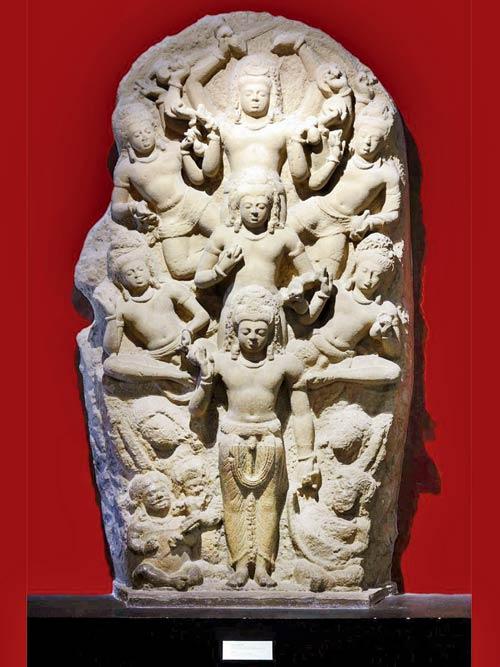
Heptad from Parel: A mid-sixth century seven-bodied colossal stele of Siva found in Parel in 1931 during a road-building activity. It is now a part of the CSMVS collection. The sculpture is stylistically akin to those in the main cave at Elephanta
“This book is a comprehensive investigative and scientific research of the metropolis, looking at the prehistoric environment of the city,” says Sabyasachi Mukherjee, director of CSMVS.
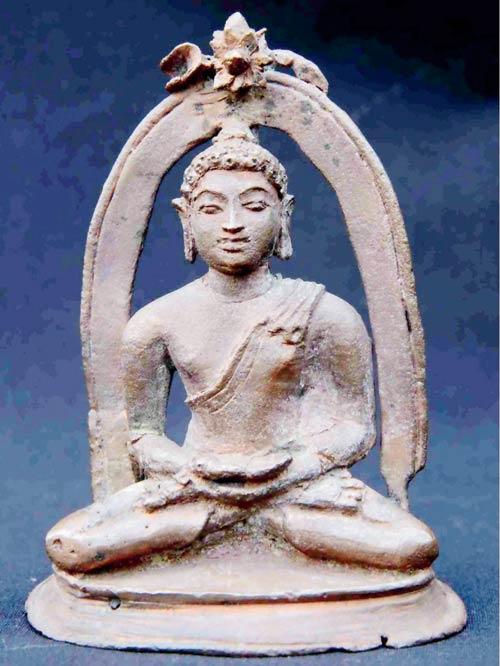
Sopara bronzes: Eight bronze figurines, collectively known as the Sopara bronzes, and now in the collection of the Asiatic Society were found at the Sopara stupa, along with the gold caskets. Here are three of the Seven Manushi Buddhas and a Maitreya Buddha
In seven chapters, Dhavalikar traces the ancient site of Sopara, the prominent caves in and around Mumbai, and antiquities found in Parel and Ambarnath. “The book looks at archaeological remnants, at least whatever is left of them. People have museums in their gardens [and they don’t know it] and I hope that the government takes care of existing heritage in a city where people arrived millions of years ago,” says Dhavalikar.
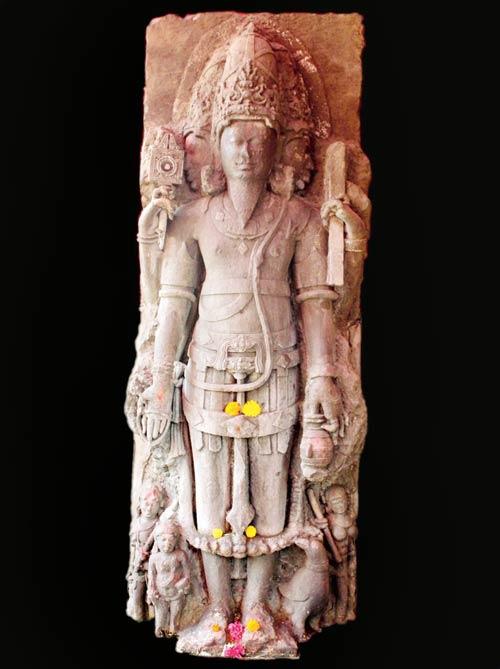
Brahma from Sopara: Dating back to the 10 century, Brahma stands straight in the samabhanga posture. His lower left hand is in the position of granting a boon. Dhavalikar writes that it is probably the handiwork of an artist from the region of the Kalyani Chalukyas
 Subscribe today by clicking the link and stay updated with the latest news!" Click here!
Subscribe today by clicking the link and stay updated with the latest news!" Click here!









